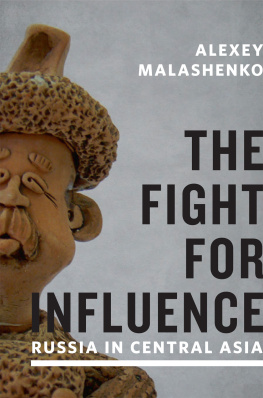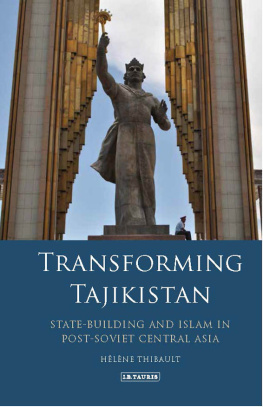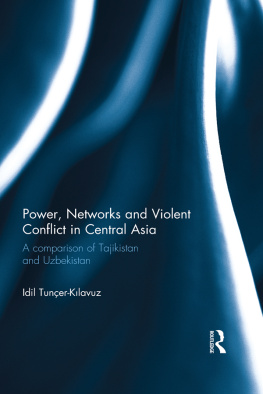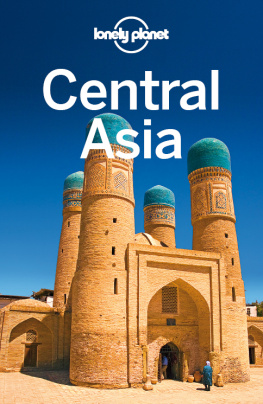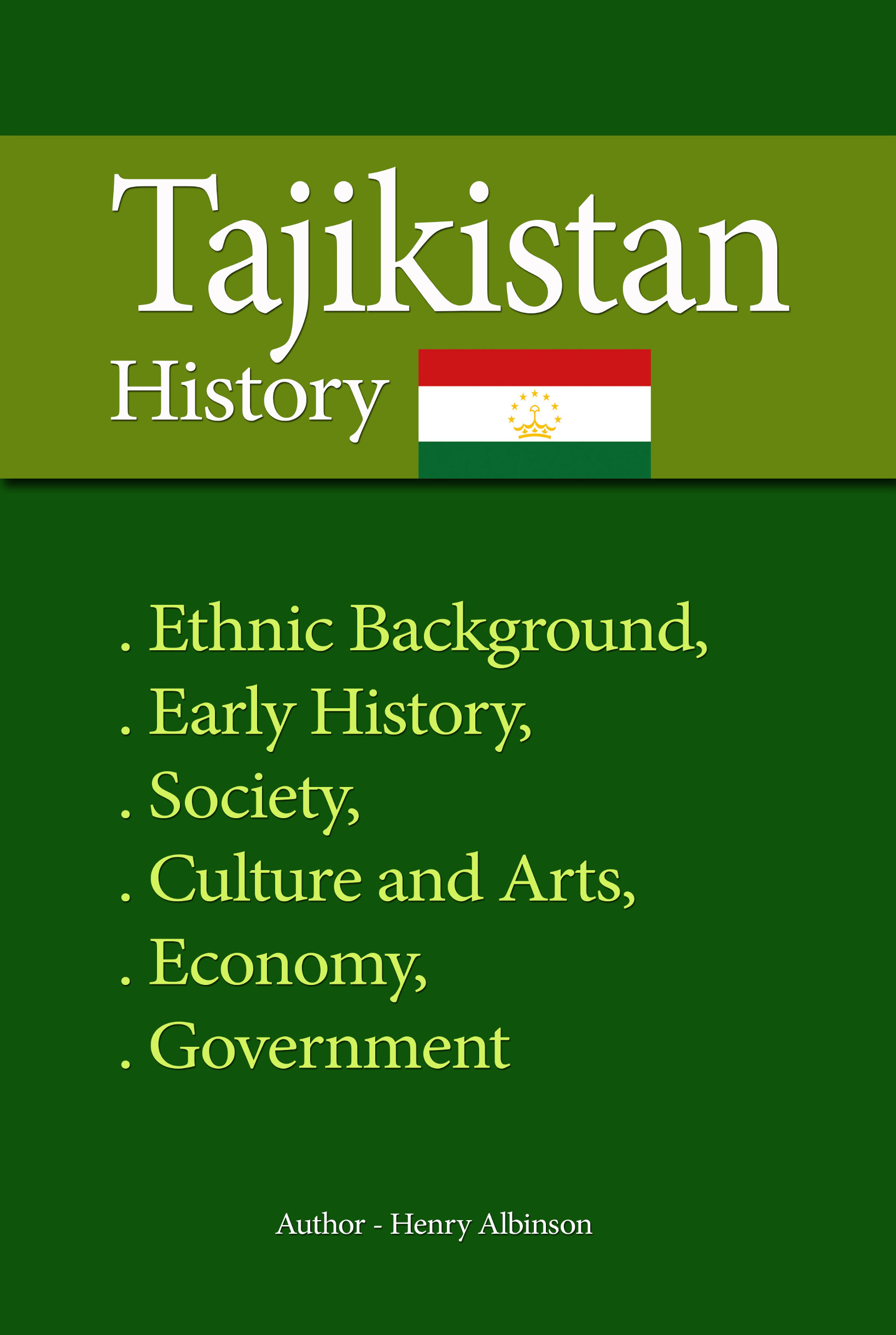Tajikistan
History
_________________________________________
Ethnic Background, Early History, Society, Culture and Arts, Economy, Government.
By - Henry Albinson
Published by Sonit Education Academy
All-right reserved Sonit Education Academy publication
Copyright 2016
Smashwords Edition.
License Note
The content of this book is copyright protected, under DRM, for the merely reason that its distribution is private. Your access to this book is limited to the commercial relation that you may have with the sole distributor or vendor of this book. Any further exercise with intention to commercialize or duplicate of this book for any reason at all is strictly prohibited, and knowing fully well that you are violating the law, under which this book is being commercialized, as Digital Right Management content. Only based on a clear understanding of the above statement, that your access to this book is permitted.
Authors Note
The information on Tajikistan History , is educational intensive and awareness, for touristic value, holiday resort, Business engagements and self-knowledge, it has to do with letting people know of what they dont know about a place or something, and so much need to know. We have spent a tremendous amount of time in working towards achieving this, and here we are today. The book may not be as long as you might have expected, if you had expected more pages, but that is not the importance, and it does not make the value of a book, but providing you with a book that drives towards your need and provide you the information that solve your problem or serve your purpose. Tajikistan History information book will surely get you satisfied. Note! There is no image in this book, the reason for not including images is to attract a full concentration for better understanding of this book, images are just picture reference, the real attraction is the quality of the book base on the written content. Please go through our Table of Content to know how valued this book is ahead of start reading it. Thank you
Table of Content
Tajikistan History
History
Information
TAJIKISTAN, LITERALLY THE LAND OF THE TAJIKS, has ancient cultural roots. The people now known as the Tajiks are the Persian speakers of Central Asia, some of whose ancestors inhabited Central Asia (including present-day Afghanistan and western China) at the dawn of history. Despite the long heritage of its indigenous peoples, Tajikistan has existed as a state only since the Soviet Union decreed its existence in 1924. The creation of modern Tajikistan was part of the Soviet policy of giving the outward trappings of political representation to minority nationalities in Central Asia while simultaneously reorganizing or fragmenting communities and political entities.
Of the five Central Asian states that declared independence from the Soviet Union in 1991, Tajikistan is the smallest in area and the third largest in population. Landlocked and mountainous, the republic has some valuable natural resources, such as waterpower and minerals, but arable land is scarce, the industrial base is narrow, and the communications and transportation infrastructures are poorly developed.
As was the case in other republics of the Soviet Union, nearly seventy years of Soviet rule brought Tajikistan a combination of modernization and repression. Although barometers of modernization such as education, health care, and industrial development registered substantial improvements over low starting points in this era, the quality of the transformation in such areas was less impressive than the quantity, with reforms benefiting Russian-speaking city dwellers more than rural citizens who lacked fluency in Russian. For all the modernization that occurred under Soviet rule, the central governments policies limited Tajikistan to a role as a predominantly agricultural producer of raw materials for industries located elsewhere. Through the end of the Soviet era, Tajikistan had one of the lowest standards of living of the Soviet republics.
Independence came to Tajikistan with the dissolution of the Soviet Union in December 1991. The first few years after that were a time of great hardship. Some of the new republics problems--including the breakdown of the old system of interdependent economic relationships upon which the Soviet republics had relied, and the stress of movement toward participation in the world market--were common among the Soviet successor states. The pain of economic decline was compounded in Tajikistan by a bloody and protracted civil conflict over whether the country would perpetuate a system of monopoly rule by a narrow elite like the one that ruled in the Soviet era, or establish a reformist, more democratic regime. The struggle peaked as an outright war in the second half of 1992, and smaller-scale conflict continued into the mid-1990s. The victors preserved a repressive system of rule, and the lingering effects of the conflict contributed to the further worsening of living conditions.
Ethnic Background
Iranian (see Glossary) peoples, including ancestors of the modern Tajiks, have inhabited Central Asia since at least the earliest recorded history of the region, which began some 2,500 years ago. Contemporary Tajiks are the descendants of ancient Eastern Iranian inhabitants of Central Asia, in particular the Soghdians and the Bactrians, and possibly other groups, with an admixture of Western Iranian Persians and non-Iranian peoples. The ethnic contribution of various Turkic and Mongol peoples, who entered Central Asia at later times, has not been determined precisely. However, experts assume that some assimilation must have occurred in both directions.
The origin of the name Tajik has been embroiled in twentieth-century political disputes about whether Turkic or Iranian peoples were the original inhabitants of Central Asia. The explanation most favored by scholars is that the word evolved from the name of a pre-Islamic (before the seventh century A.D.) Arab tribe.
Until the twentieth century, people in the region used two types of distinction to identify themselves: way of life--either nomadic or sedentary--and place of residence. By the late nineteenth century, the Tajik and Uzbek peoples, who had lived in proximity for centuries and often used each others languages, did not perceive themselves as two distinct nationalities. Consequently, such labels were imposed artificially when Central Asia was divided into five Soviet republics in the 1920s.
Early History
Much, if not all, of what is today Tajikistan was part of ancient Persias Achaemenid Empire (sixth to fourth centuries B.C.), which was subdued by Alexander the Great in the fourth century B.C. and then became part of the Greco-Bactrian kingdom, one of the successor states to Alexanders empire. The northern part of what is now Tajikistan was part of Soghdiana, a distinct region that intermittently existed as a combination of separate oasis states and sometimes was subject to other states. Two important cities in what is now northern Tajikistan, Khujand (formerly Leninobod; Russian spelling Leninabad) and Panjakent, as well as Bukhoro (Bukhara) and Samarqand (Samarkand) in contemporary Uzbekistan, were Soghdian in antiquity. As intermediaries on the Silk Route between China and markets to the west and south, the Soghdians imparted religions such as Buddhism, Nestorian Christianity, Zoroastrianism (see Glossary), and Manichaeism (see Glossary), as well as their own alphabet and other knowledge, to peoples along the trade routes.
Between the first and fourth centuries, the area that is now Tajikistan and adjoining territories were part of the Kushan realm, which had close cultural ties to India. The Kushans, whose exact identity is uncertain, played an important role in the expansion of Buddhism by spreading the faith to the Soghdians,who in turn brought it to China and the Turks.



